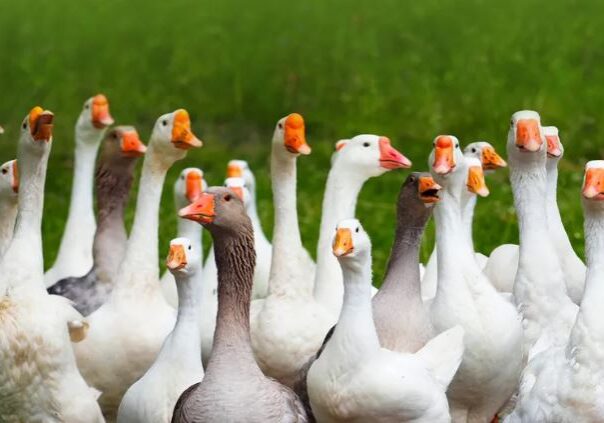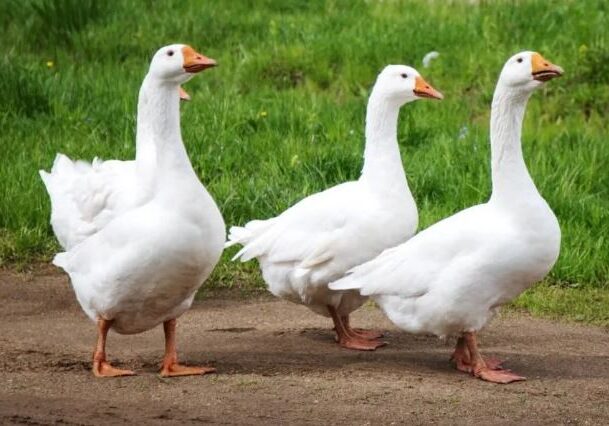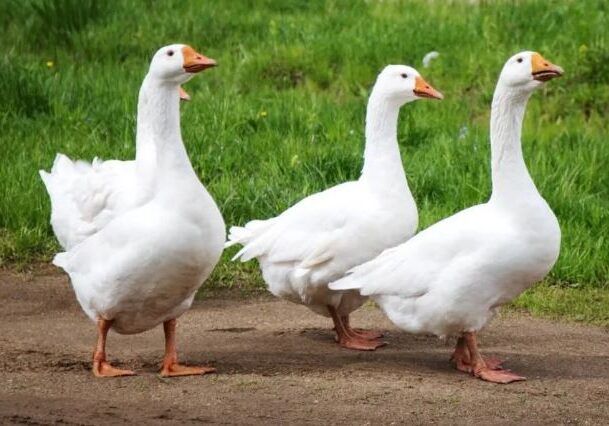
Let's learn more about geese
A goose (pl.: geese) is a bird of any of several waterfowl species in the family Anatidae. This group comprises the genera Anser (grey geese and white geese) and Branta (black geese). Some members of the Tadorninae subfamily (e.g., Egyptian goose, Orinoco goose) are commonly called geese, but are not considered "true geese" taxonomically. More distantly related members of the family Anatidae are swans, most of which are larger than true geese, and ducks, which are smaller.
The term "goose" may refer to such bird of either sex, but when paired with "gander", refers specifically to a female one (the latter referring to a male). Young birds before fledging are called goslings. The collective noun for a group of geese on the ground is a gaggle; when in flight, they are called a skein, a team, or a wedge; when flying close together, they are called a plump.
History
Goose in fossil record
Goose fossils have been found ranging from 10 to 12 million years ago (Middle Miocene). Garganornis ballmanni from Late Miocene (~ 6–9 Ma) of Gargano region of central Italy, stood one and a half meters tall and weighed about 22 kilograms. The evidence suggests the bird was flightless, unlike modern geese.
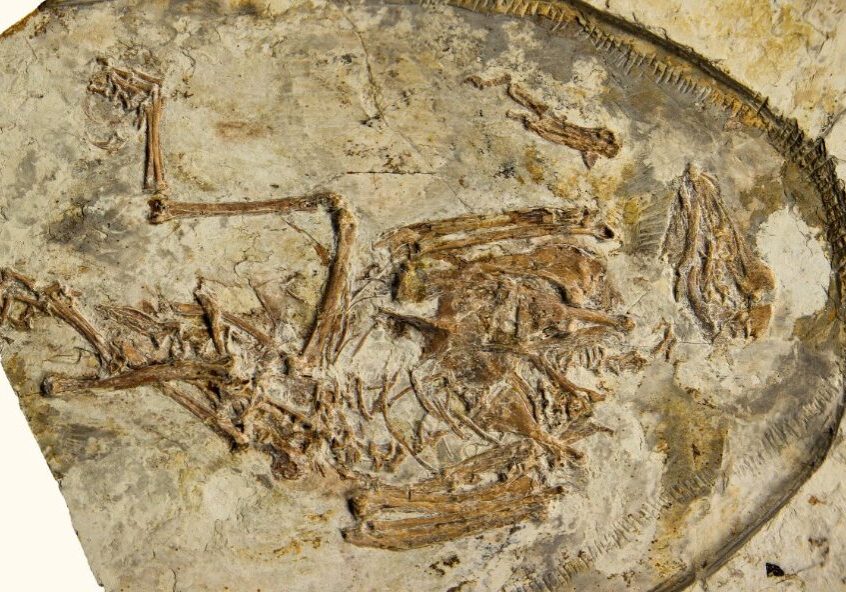

way of life
Migrator patterns
Most goose species are migratory, though populations of Canada geese living near human developments may remain in a locality year-round. These 'resident' geese, found primarily in the eastern United States, may migrate only short distances, or not at all, if they have adequate food supply and access to open water.
NAVIGATION
Migratory geese may use several environmental cues in timing the beginning of their migration, including temperature, predation threat, and food availability. Like all migratory birds, geese exhibit an ability to navigate using an internal compass, using a combination of innate and learned behaviors. The preferred direction of migration is heritable, and birds appear to orient themselves using Earth's magnetic field. Migrations occur over the course of several weeks, and up to 85% of migration time is spent at perennial stopover sites, where individuals rest and build up fat stores for further travel.

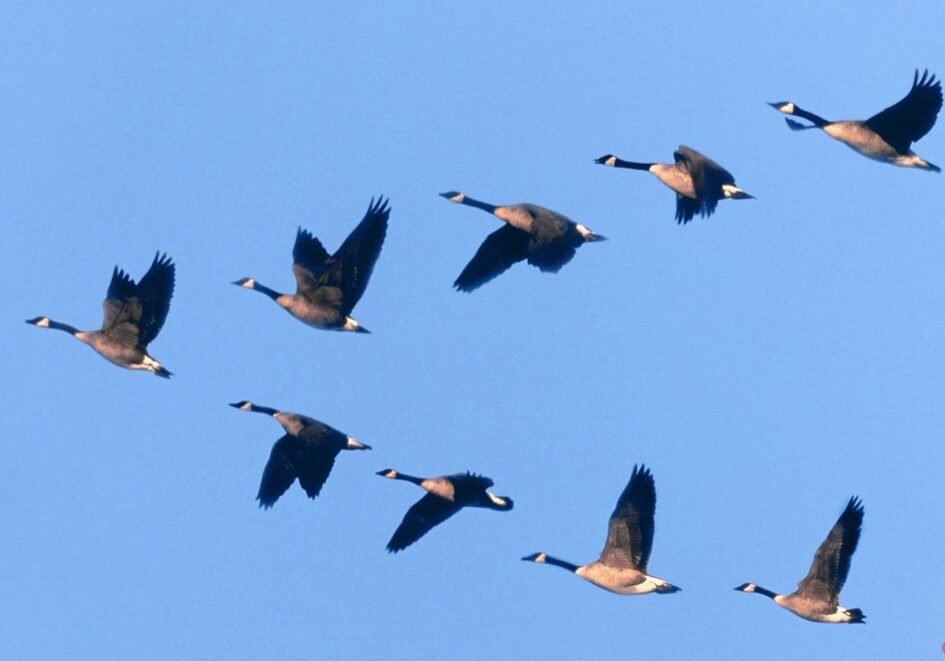
FLYING FORMATION
Geese, like other birds, fly in a V formation. This formation helps to conserve energy in flight, and aids in communication and monitoring of flock mates. Using great white pelicans as a model species, researchers showed that flying in a V formation increased the aerodynamics of trailing birds, thus requiring fewer wing flaps to stay aloft and lowering individuals' heartrates. Leading geese switch positions on longer flights to allow for multiple individuals to gain benefits from the less energy-intensive trailing positions; in family groups, parental birds almost always lead.

They have amazing vision!
Geese have excellent vision, allowing them to see in fine detail from a distance and to see UV light.
Geese are also natural mediators and dislike conflict.
Geese are good at interior design, collecting twigs, bark, and leaves to improve their nests.
Lifespan
Geese can live up to 15 years in the wild and even longer in protected environments.
Geese have time to raise multiple generations of goslings and teach them migration routes.

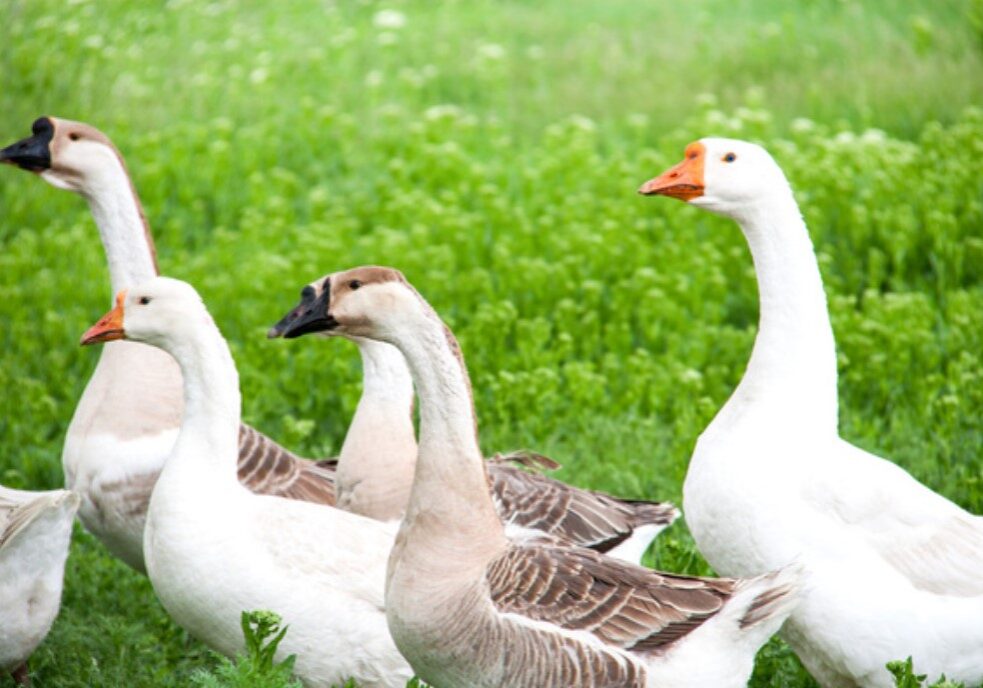
Geese were used as guard animals in ancient Greece and Rome.
In medieval Europe, geese were prized for their ability to guard property.
Geese were herded by ancient Mesopotamians for food and sacrifices.
Goose feathers were used to write the Magna Carta and the Declaration of Independence.
European settlers brought geese to North America in 1588.
Geese quickly spread throughout the continent.
The Migratory Bird Treaty Act was passed in 1934 to protect geese and other migratory birds.

What does the goose symbolize?
According to Ted Andrews, author of Animal-Speak: The Spiritual & Magical Powers of Creatures Great and Small, the goose represents the power of communication and the importance of cooperative effort. He writes, “The goose reminds us to follow our own voice, even when it leads us against the current.”
'Canada Goose' – symbolize the importance of respectful communication, and respectful team work between community members. When Geese fly in formation they take turns with breaking the wind, no one goose harbours this responsibility alone, they work as a coordinated team.
Geese are, for the Chinese, a symbol of loyalty and discipline, and lamps in the shape of a goose foot were one of the most popular lamp forms of the Qin–Han era. Bird- or beast-footed vessels were prevalent in the ancient Mediterranean world, suggesting the possible influence of that far-off region.

